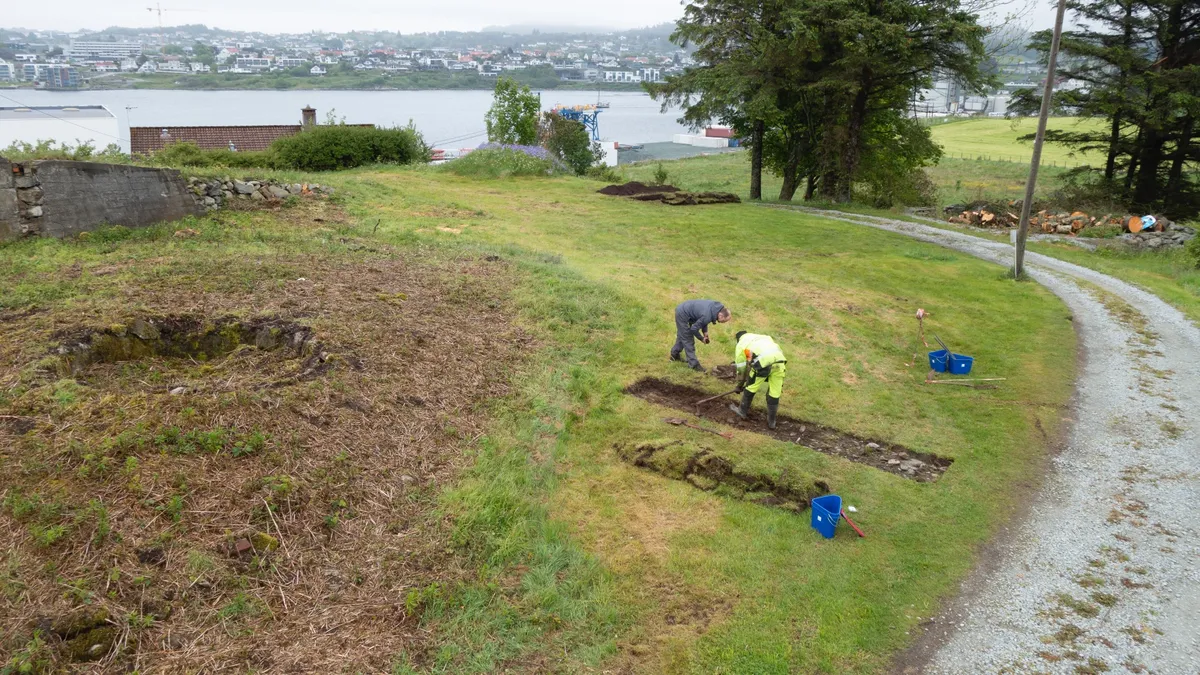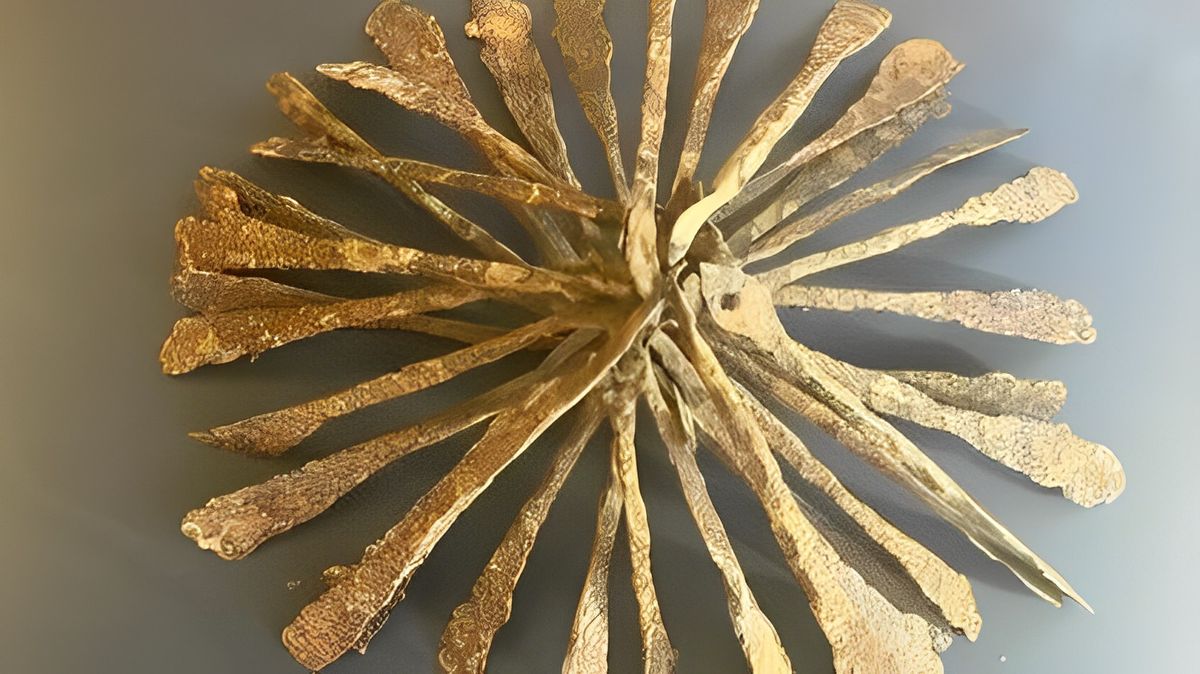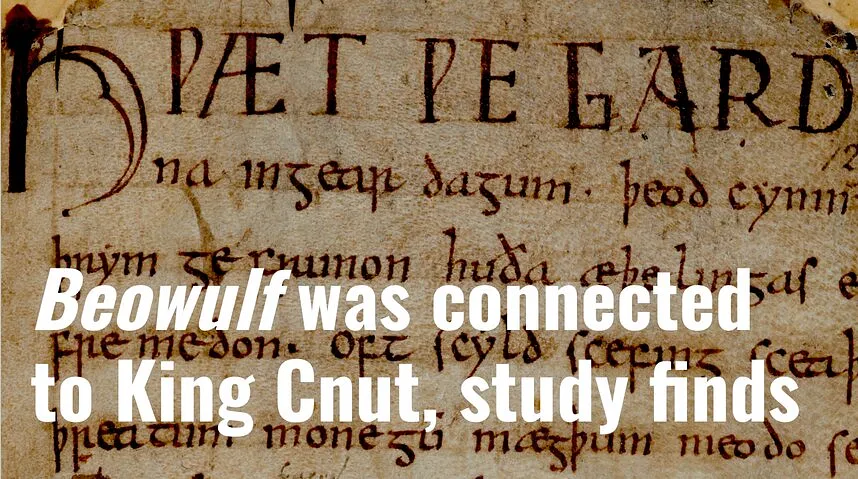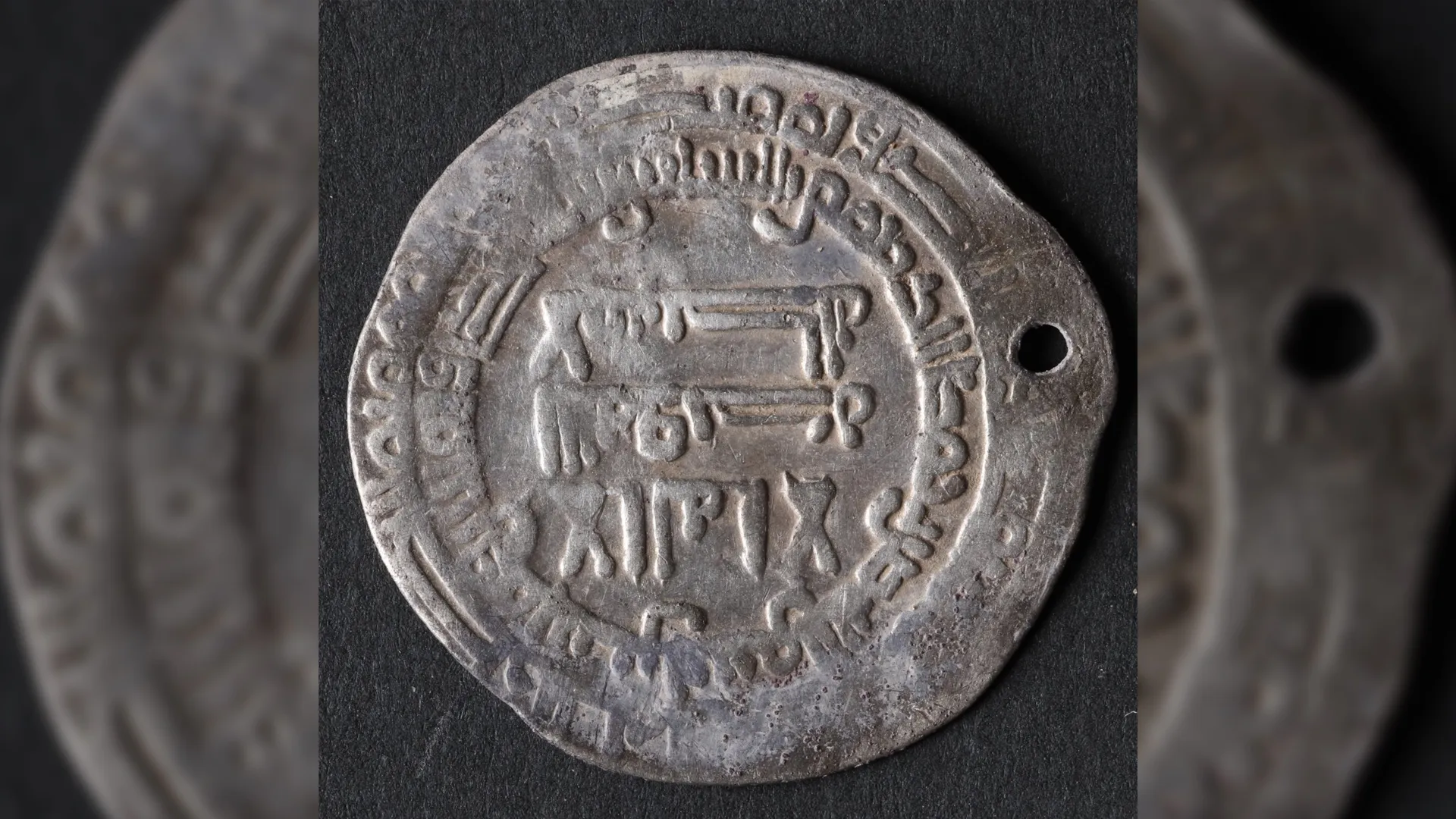
A recreated “Slavs and Viking” settlement, with medieval craft demonstrations, re-enactments and guided tours in Wolin, Poland.Credit...Sergey Ponomarev for The New York Times
Was a “medieval New York” called Jomsborg a literary fantasy or a historical reality? New archaeological discoveries may provide a clue.
After the local government decided to build an observation tower atop a sandy hill on Wolin, an island in the Baltic Sea, a Polish archaeologist was called in to check the site before construction and look for buried artifacts from the spot’s macabre past.
Hangmen’s Hill, a public park, had in earlier times been an execution ground, a cemetery and, some believe, a place for human sacrifices — so who knew what grisly discoveries were in store?
But what the archaeologist, Wojciech Filipowiak, found when he started digging caused more excitement than distaste: charcoaled wood indicating the remains of a 10th-century stronghold that could help solve one of the great riddles of the Viking Age.
Was a fearsome fortress mentioned in ancient texts a literary fantasy or a historical reality?
Read the rest of this article...










